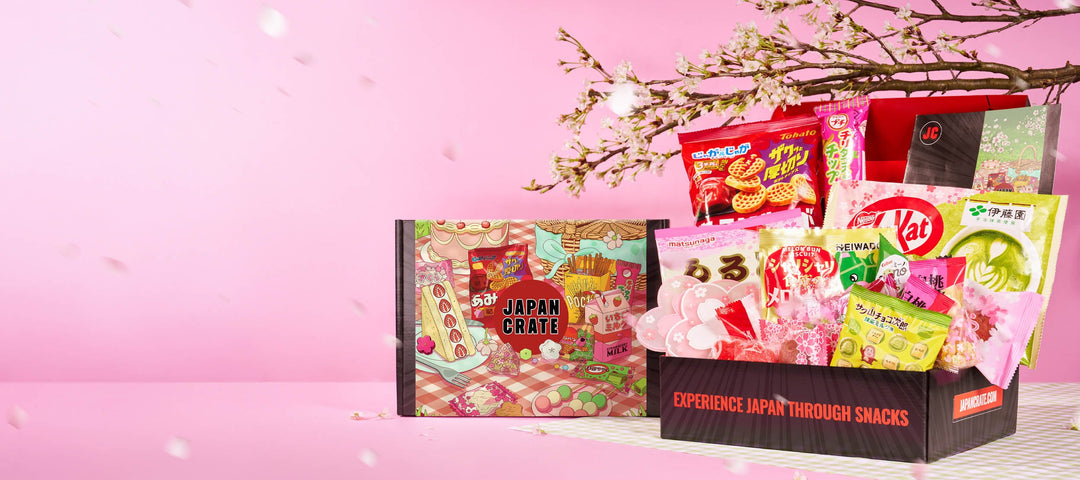What Japanese Noodles are Gluten free?

What is Gluten-free?

Most wheat products contain gluten, a protein that serves as the "glue" that keeps grains, including wheat, barley, rye, and semolina, together and in shape. Gluten can be found in both whole grains and many processed foods. As you may know, some people have celiac disease, a condition that damages the intestines when gluten is consumed, or have gluten allergies that require them to follow a gluten-free diet.
Luckily, all major supermarkets provide gluten-free goods along with wine, potatoes, and rice. There are also more delectable foods and beverages that are acceptable to consume while adhering to a gluten-free diet, including eggs, fish, gluten-free noodles, and gluten-free soy sauce. But remember that a healthy gluten-free diet must include minimally processed fresh foods with their own unique flavor. Including fruits, vegetables, lean meats, and other nutritious food groups in your diet is crucial.
Gluten-Free Japanese Noodles
1. Shirataki Noodles

Shirataki noodles are konnyaku noodles from Japan created from the starch of konjac or devil's tongue, a tuber that resembles a yam. Shirataki noodles are made by shredding the starch after combining it with water and limewater.
Shirataki noodles are promoted as the go-to health meal in the US under the moniker "zero-calorie noodles." They make ideal noodles for people on special diets because they are zero to low in calories, gluten-free, and vegan. Shirataki noodles are practically flavorless, but they do a great job of soaking up tastes, which is a bonus when you mix them with a tasty sauce. They have a gelatinous, slick feel and are transparent and light.
2. Rice Noodles

Noodles made of rice are widely used in Asian cooking. From extremely thin vermicelli to long, flat noodles, like those used in pad Thai, rice sticks noodles come in various thicknesses. There are whole grain options manufactured with brown rice, whole grain options created with black rice, and the traditional and hygienic white rice type with its different shapes.
Additionally, rice noodles are suitable for a wide range of recipes because they are available in many shapes and sizes. The fact that gluten-free rice noodles cook up so quickly is another fantastic feature. All you need to do for some varieties is cover the noodles with boiling water and let them rehydrate. Moreover, nearly all grocery stores have great rice noodles in their noodles section.
3. Soba Noodles

Japanese cuisine frequently uses soba noodles, also known as buckwheat noodles. They are made from buckwheat flour and are naturally gluten-free. In Japan, gluten-free soba noodles, which have a nutty and earthy flavor, are used in both hot and cold noodle dishes. They are also relatively high in protein and fiber.
Noodles made of buckwheat have a robust feel, a sturdy chew, and a unique flavor. They can either be stir-fried right after being boiled or after rinsing off the excess starch. Surprisingly, soba noodles are simple to find, as they will probably be on the shelves at your local Asian market.
4. Glass Noodles

Many Asian cuisines use glass noodles or cellophane noodles as they are incredibly thin and nearly transparent. They are really a fantastic gluten-free option because they are made from a combination of mung bean starch, tapioca starch, and sweet potatoes. Japanese glass noodles are commonly used in stir-fry or spring rolls, but they also taste great in ramen. They can be a versatile component in various cuisines due to their neutral flavor. Glass noodles are available at well-stocked Asian and Japanese grocery stores in your area.
It's Japan Crate Time!
Japan Crate makes it easy for every customer to buy snacks and other items from Japan. Japan Crate's delivery and shipping services are reliable and efficient worldwide. The Japanese items you order online won't take long to receive.
Japan Crate has the tastiest Japanese sweet and savory snacks you'll surely enjoy. Subscribe to a box of Japanese-limited goodies each month at your home! Just click this link to sign up for your account right now. You can also enjoy authentic Japanese noodles as often as you please with Sugoi Mart. With options ranging from instant to cheesy fried noodles, you can add spice to your life with the best authentic Japanese options. Japan Crate and Sugoi Mart will bring you the delectable taste of Japan in no time!
Author Bio







Leave a comment